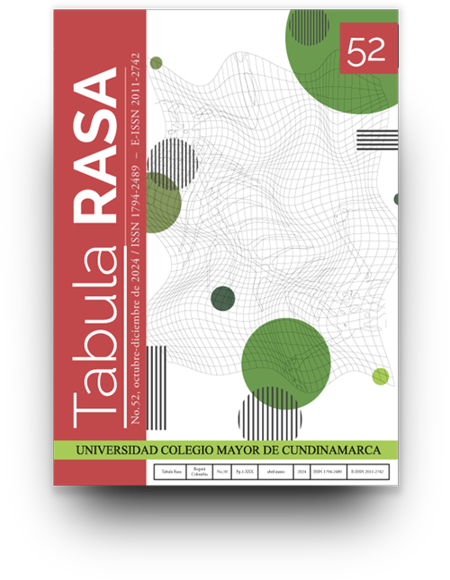Black/Afro “Awareness-Raising” in Luruaco: Transformations and Disputes in Identity Policies
«Concientización» negra/afro en Luruaco: transformaciones y disputas de las políticas de la identidad
Show authors biography
This article examines the dynamics of Black identity policies in Luruaco, a town in the department of Atlántico (Colombia), where surprisingly 94.6% of population identify themselves as Black or Afro, despite the prevalence of miscegenation and Whiteness across the region. This phenomenon is studied within the context of community councils Kusuto Magende and Matamba, which were created to vindicate territorial rights under Law 70 of 1993. Through “raising-awareness technologies,” such as workshops and diploma courses, community leaders have sought to legitimize their ethnic identity in a place historically marked by racism and Blackness denial. This article examines how those processes not only respond to legal requirements, but also to the need to confront historic tensions around Afro identity in the Colombian Caribbean region, by articulating African legacies, traditional practices, and regional differences. Furthermore, we reflect on the implications of ethnic recognition for gaining access to resources and benefits, underlining the complexities and challenges faced by the councils within a context of racial exclusion.
Article visits 0 | PDF visits 0
Downloads
- Arocha, J. (1999). Ombligados de Ananse. Hilos ancestrales y modernos en el Pacífico Colombiano. Universidad Nacional de Colombia- CES.
- Cunin, E. (2004). De la esclavitud al multiculturalismo: el antropólogo entre identidad rechazada e identidad instrumentalizada. En E. Restrepo, & A. Rojas (eds.). Conflicto e (in)visibilidad (pp. 141-156). Editorial Universidad del Cauca.
- Cunin, E. (2003). Identidades a flor de piel. Lo «negro» entre apariencias y pertenencias: mestizaje y categorías raciales en Cartagena. IFEA; ICANH; Uniandes; Observatorio del Caribe Colombiano.
- Friedemann, N. S. (1993). La saga del negro: presencia africana en Colombia. Pontificia Universidad Javeriana.
- Friedemann, N. S. (1992). Huellas de africanía en Colombia. Thesaurus. Tomo XLVII. Núm. 3.
- Friedemann, N. S. & Cross, R. (1979). Ma’Ngombe: guerreros y ganaderos en Palenque. Carlos Valencia Editores.
- Fundación Ku-suto. (s.f.). Reseña histórica. sites.google.com/a/kusuto: https://sites. google.com/a/kusuto.info/www/home/resena-historica
- Hall, S. ([1992] 2010). La cuestión de la identidad cultural. En S. Hall. Sin garantías: Trayectorias y problemáticas en estudios culturales. Envión Editores; IEP; Instituto Pensar; Universidad Andina Simón Bolívar.
- Herrera Arango, J. (2013). Sujetos a mapas. Etnización y luchas por la tierra en el Caribe colombiano. Pontificia Universidad Javeriana.
- Restrepo, E. (2017). ¿Negro o afrodescendiente? Debates en torno a las políticas del nombrar. Congreso internacional de estudios afromexicanos: reflexiones, debates y retos. 4 al 7 de septiembre de 2017. Antequero, Oaxaca, México.
- Restrepo, E. (2013). Etnización de la negridad: la invención de las «comunidades negras» como grupo étnico en Colombia. Editorial Universidad del Cauca.
- Wade, P. (2014). Raza, ciencia, sociedad. Interdisciplina, 2(4), 35-62.
- Wade, P. (2002). Música, raza y nación. Música tropical en Colombia. Vicepresidencia de la República de Colombia.




